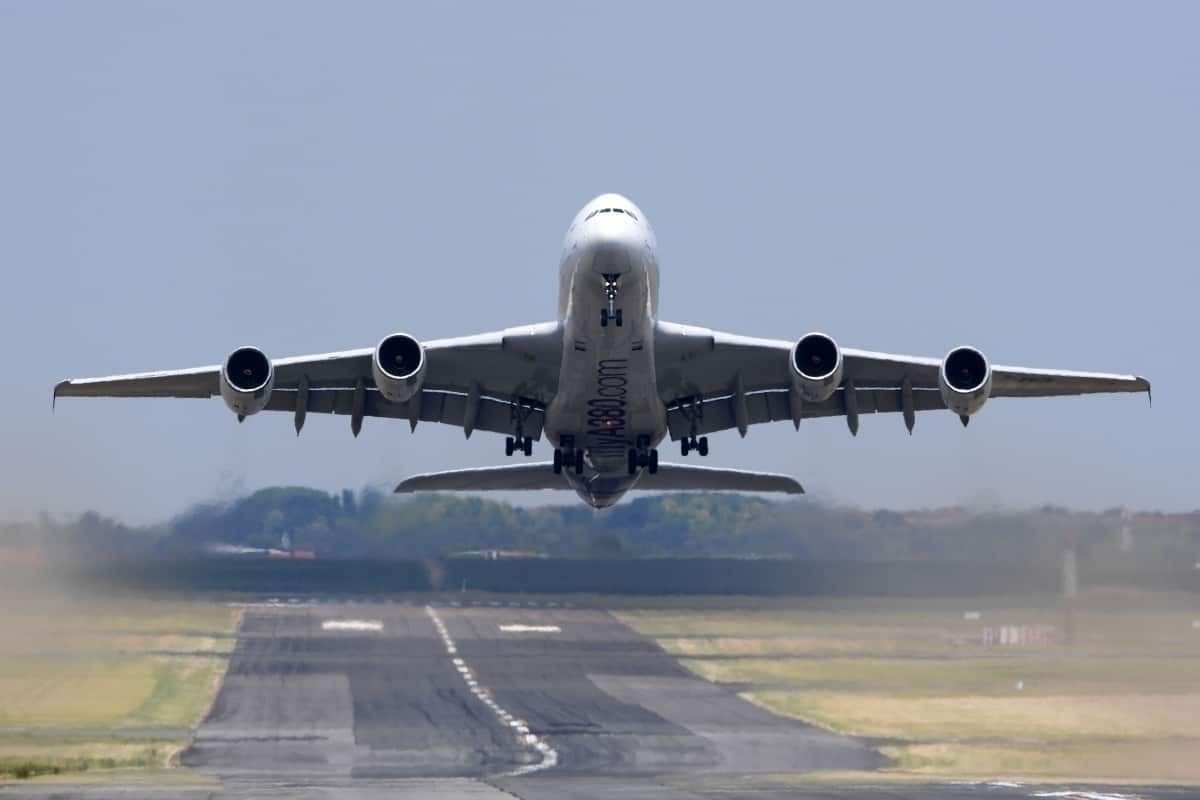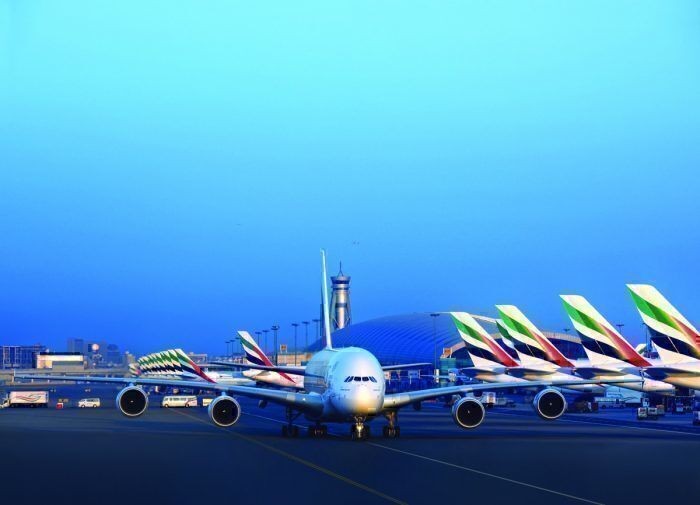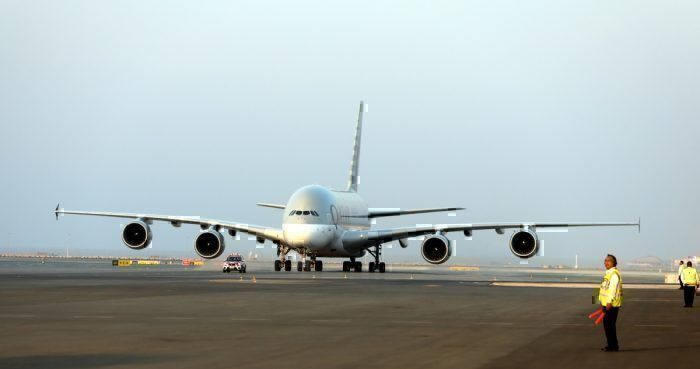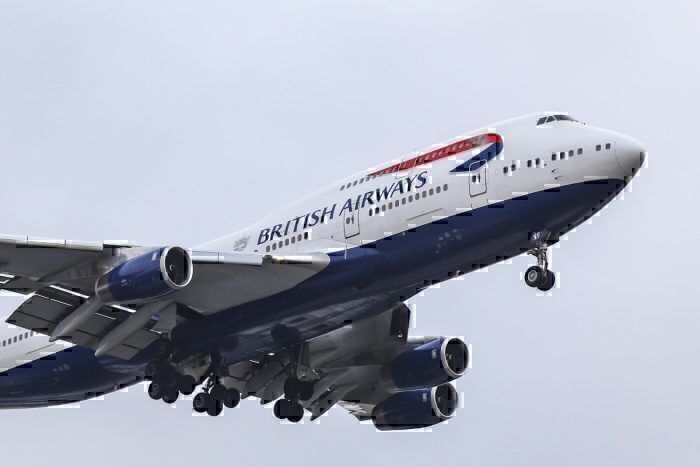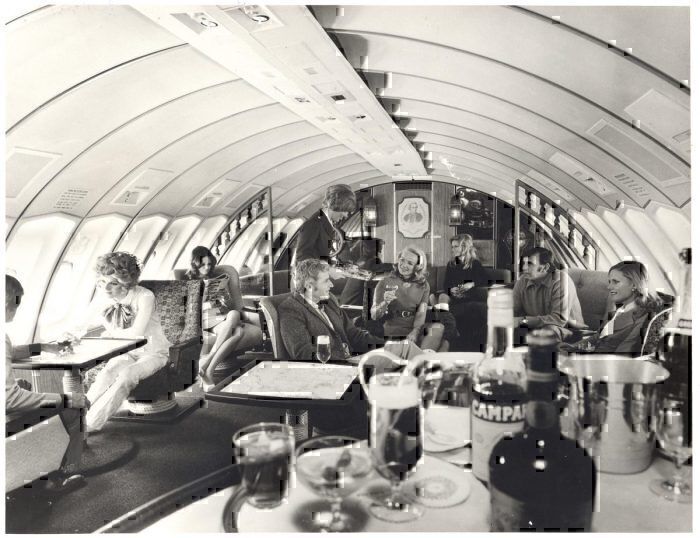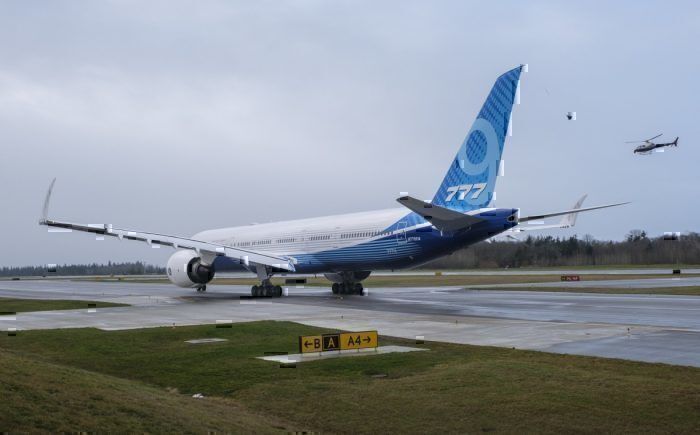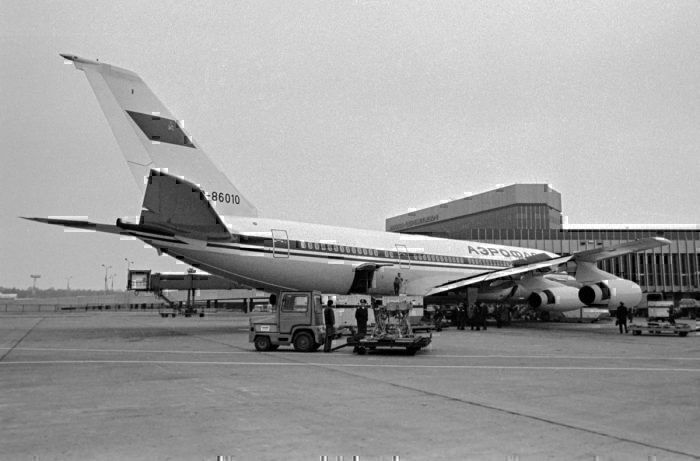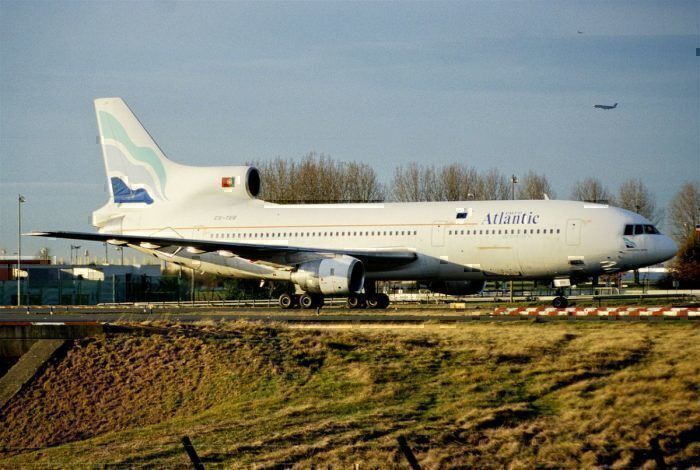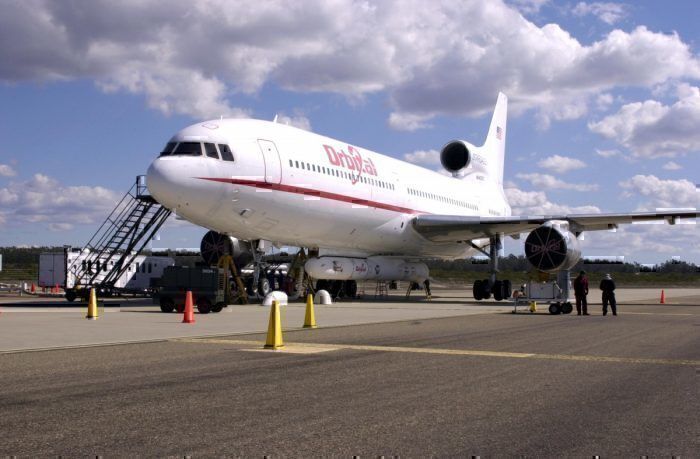Most people would correctly guess that the A380 is the widest passenger aircraft currently flying (it is also the heaviest, but not the longest). But what about the others? It can be hard to tell! We take a quick look in this article at the five widest passenger aircraft ever built.
Widebody aircraft
For clarity, a widebody is any aircraft wide enough to offer two passenger aisles. The widebody era began in 1970 with the introduction of the Boeing 747, and we have seen many developments since then. Originally only quad jets, there are now many twin jet widebodies. Widebody fans should take a look at our article on which airlines operate widebody only fleets.
We focus here though on the external size of these aircraft, and rank the top five by width. In particular, this is based on full fuselage external width (with data as recorded by Wikipedia).
1. Airbus A380
Of course, the widest aircraft is the Airbus A380. It has a width of 7.14 meters, over 0.6 meters wider than its closest rival. It is the largest passenger aircraft ever built, with a maximum take-off weight of 575 tonnes (and an empty weight of 277 tonnes). Stretched, longer versions of the A380 (though not wider) were planned, but have not been developed.
The A380 entered service in 2007, with Singapore Airlines. There have been 251 aircraft ordered (with 242 delivered). Airlines have struggled with the size though. The economics and logistics of operating such a large aircraft have led to a decrease in interest, and production will end when current orders are delivered.
With the shift to lower capacity, twin-engine widebodies that is currently seen, it seems unlikely there will be a wider challenger developed any time soon.
2. Boeing 747
In second place is the Boeing 747. This has a width of 6.5 meters (and an internal cabin width of 6.08 meters). The 747 is the original, first developed widebody and one of the most iconic aircraft ever built.
It has seen several variants since the launch of the original 747-100 in 1970. There have been increases in length, with the new 747-8 being the longest widebody in service currently at 76.25 meters (it will be just beaten by the 777X). But all variants share the same fuselage design and width.
The older 747s are currently in the later stages of retirement, with British Airways still operating the largest fleet. But the newer 747-8 variant will remain in production, mainly as a freighter version but also in passenger service.
3. Boeing 777 / 777X
With a width of 6.19 meters, the Boeing 777 is the third widest widebody aircraft. The 777 has been Boeing’s most successful widebody, with 1,831 aircraft delivered to date (according to Boeing data). It first flew in 1995 with United Airlines, designed as a smaller alternative to the 747 with the replacement of the popular DC-10 aircraft in mind.
There have been several variants since the original 777-200, with the latest family member being the new 777X. All of these have shared the same fuselage design, and width. Although length has varied. The new 777X will be the longest passenger widebody developed (the 777-9 has a length of 76.9 meters).
Interestingly, although fuselage width is the same on the 777 and 777X, the 777X has a slightly larger interior cabin width. An extra approximately 10 centimeters has been added through thinner cabin walls and better insulation.
4. Ilyushin 86 / 96
For the fourth widest widebody, we step away from the current Airbus and Boeing main players. The Russian designed and built Ilyushin 86 widebody quad jet comes in at a width of 6.08 meters.
The Ilyushin 86 was developed by the USSR through the late 1960s and early 1970s. It entered service in 1976 and flew mainly with Russian airline Aeroflot. Of the 106 aircraft built, only three were exported outside Russia. It currently still operates, but only with the Russian Air Force.
The Ilyushin 96 is a shortened version of the Ilyushin 86, with a longer range. It first flew in 1988 and is still in production in Russia. There are 15 still in service, in Russia, and with Cuban airline Cubana.
5. Lockheed L-1011 TriStar
The L-1011 Tristar is a trijet (three engine) widebody developed by American manufacturer Lockheed Corporation. It was the third widebody aircraft to enter service, after the Boeing 747 and the DC-10, in 1972.
There were 250 TriStar aircraft built, operated by airlines around the world. Most were retired during the 1990s, though some flew into the early 2000s. Only one aircraft remains in service. It is used by US aerospace company Northrop Grumman for satellite launches, where it is known as the ‘Stargazer.’
Other three engine jets of the same area, the McDonnell Douglas DC-10 and the later MD-11, are almost the same width as well. Externally, they are all within 1-2 centimeters of each other, but the TriStar has managed a slightly wider interior cabin.
Were you surprised by the aircraft that made the top five list? Let us know in the comments.

